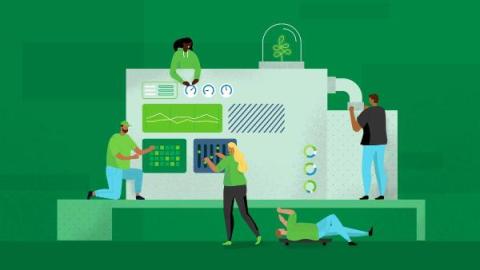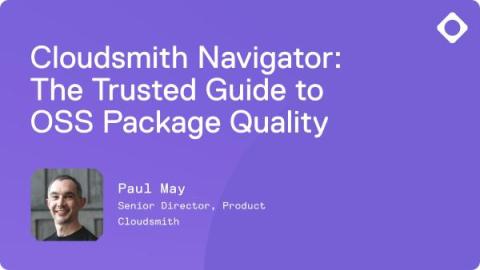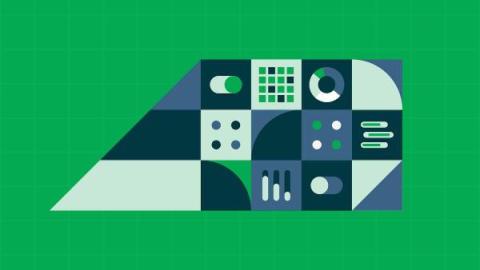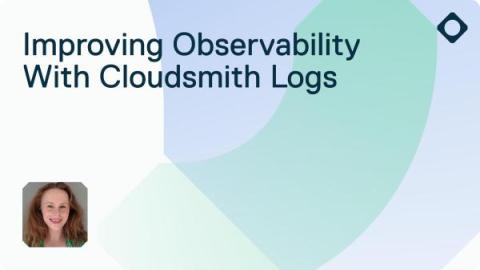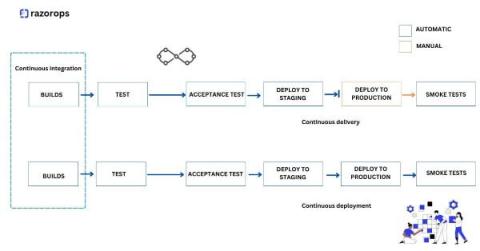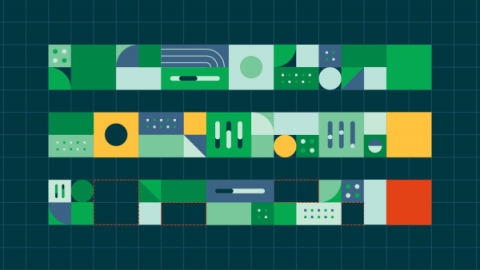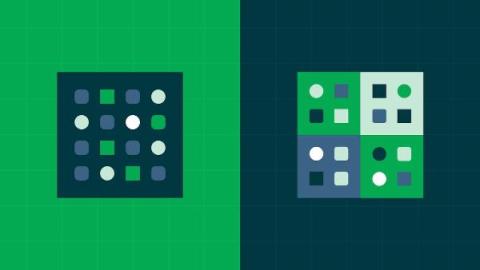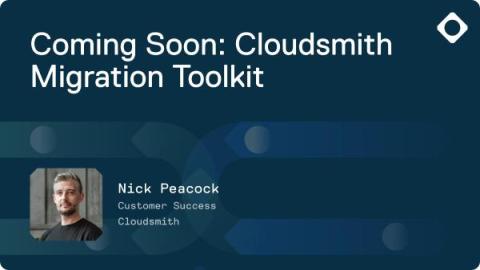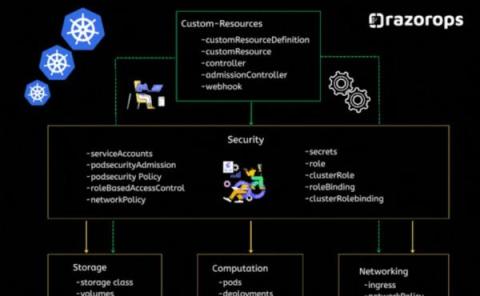Build and test LLM applications with AIConfig and CircleCI
The power of LLMs to solve real-world problems is undeniable, but unfortunately, in some cases, only theoretical. What’s stopping us from getting the most out of OpenAI’s text completion capabilities in production apps? One common problem is the inability to confidently guard against bad outputs in production the way we’re used to doing with non-AI test suites. Let’s go one step deeper. There is no equivalent of code coverage for an LLM.


